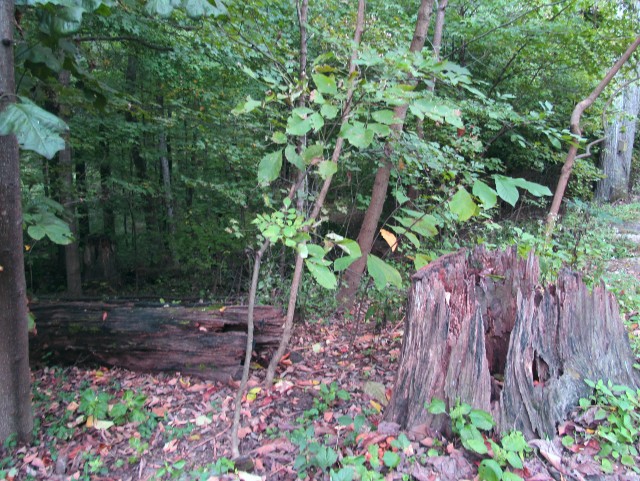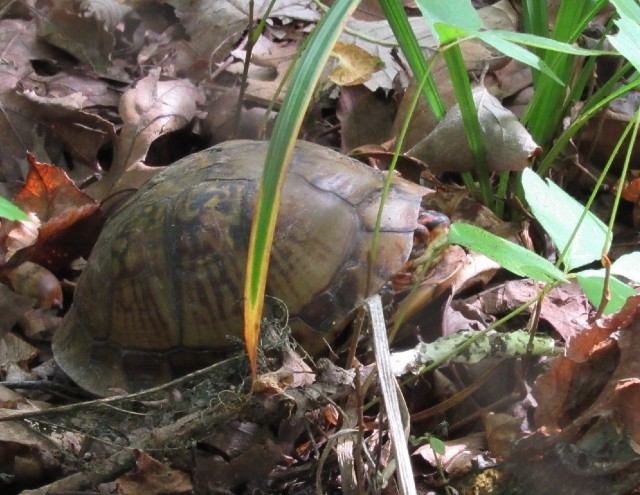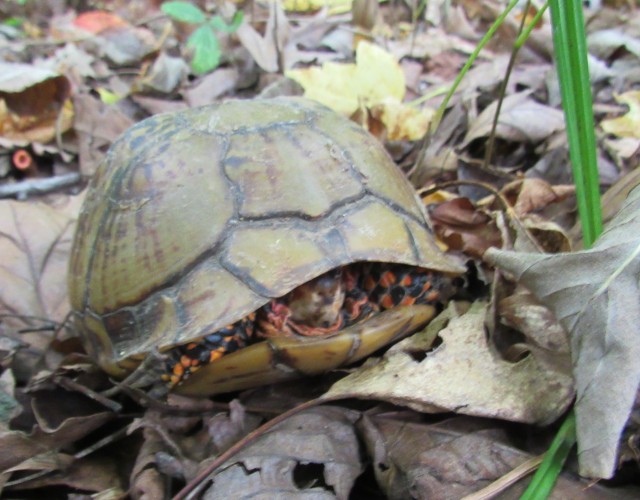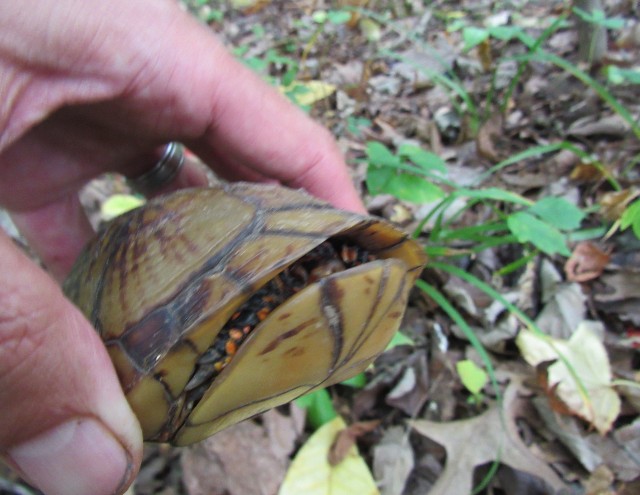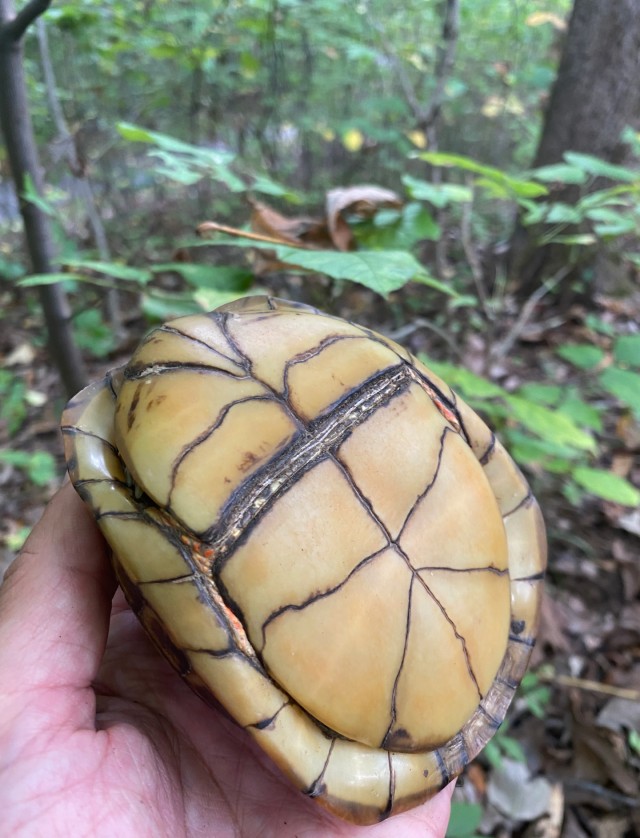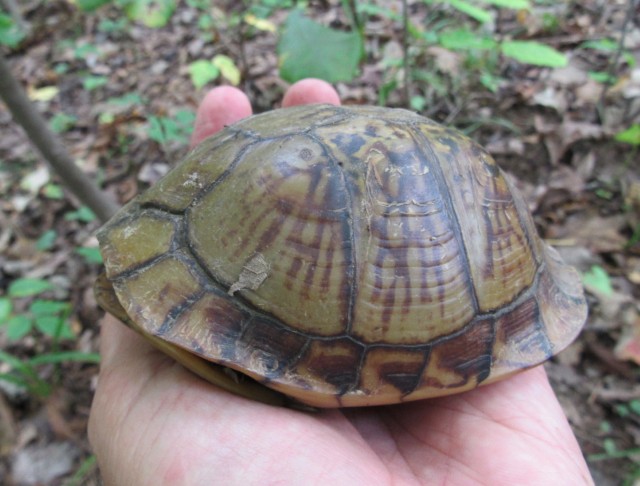While visiting a nature center in Missouri last month and walking the trails, I came upon a reptile that I have never encountered in the wild before.
Three-toed Box Turtles are named due to the number of toes on the back feet, though there can be four-toed examples too. Their carapace (upper shell) is high-domed and tends to be olive or brown with faint yellow or orange lines. It’s small size (usually less than five inches), color and pattern allow it to blend in well with the forest floor.
Generally a forest species, it also can be found on forest edges and in brushy fields. Young Three-toed Box Turtles consume mostly earthworms and insects, while adults tend to be more vegetarian, eating a variety of plants, berries and mushrooms.
To protect themselves from predators, turtles are able to pull their heads, legs, and tails into their shells. Box Turtles have the additional ability to clamp their shells completely shut, due to a hinge in the plastron (lower shell). Very few predators can successfully prey on an adult Box Turtle.
Because of this adaptation, once a Box Turtle reaches adulthood, its average life span is 50 years, while a significant portion live to over 100 years in age.
This reptile is native to the south-central part of the United States and is the official reptile of the state of Missouri.

